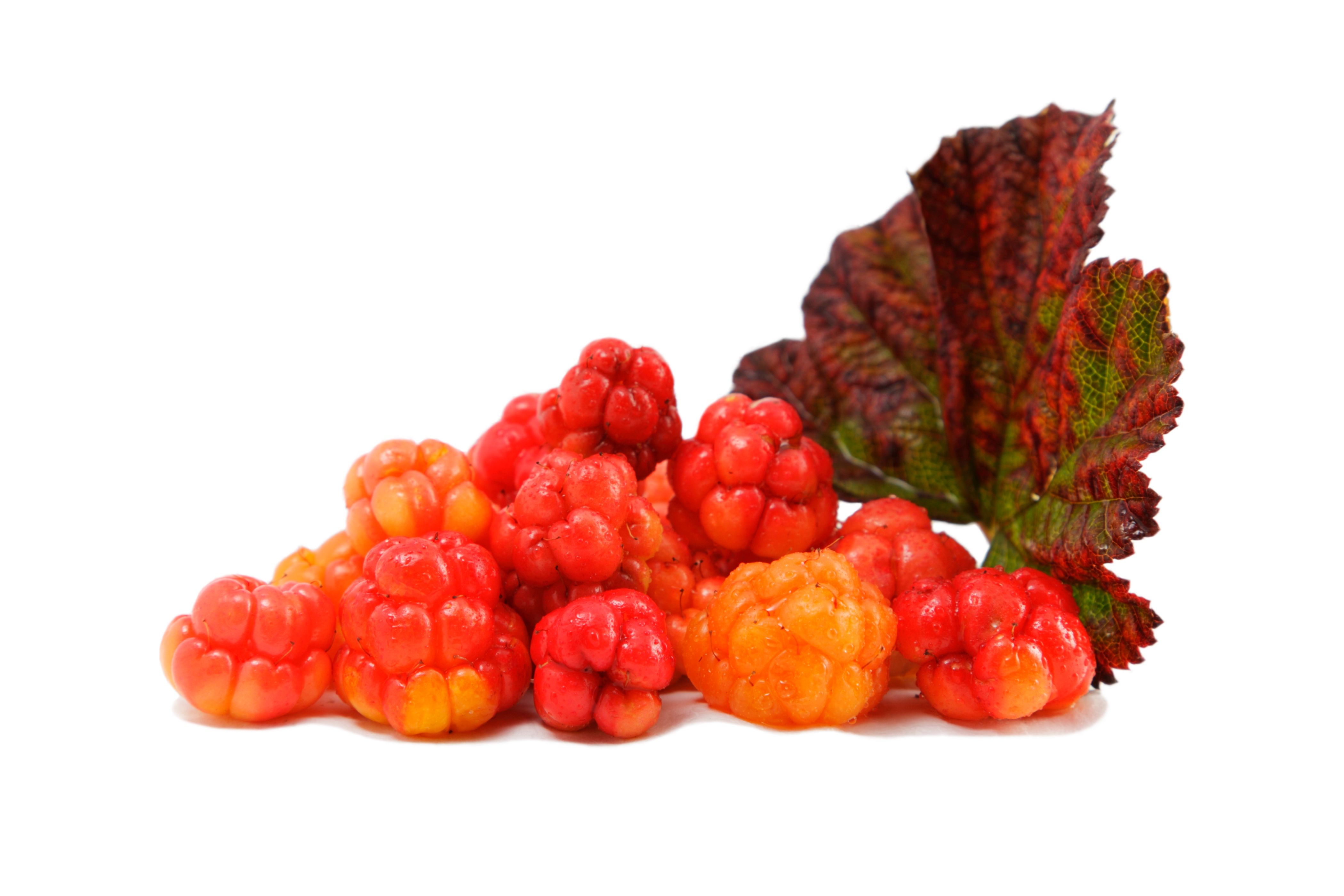Exploring the Flavors of Arctic Cuisine
Discovering the Unique Ingredients of Arctic Cuisine
Arctic cuisine is a fascinating world of flavors that many food enthusiasts have yet to explore. It is deeply rooted in the traditions and lifestyles of the indigenous peoples living in the polar regions. The cuisine is shaped by the harsh climate, with a focus on seasonal ingredients and preservation methods that have been passed down through generations.
One of the most intriguing aspects of Arctic cuisine is its reliance on local ingredients that are not commonly found in other parts of the world. For example, reindeer meat is a staple in many Arctic communities, providing a rich and hearty source of nutrition. This lean meat is often smoked, dried, or cooked in stews, offering a unique taste that reflects the environment in which it is sourced.

Traditional Preservation Techniques
The art of food preservation is an integral part of Arctic culinary traditions. Due to long winters and limited access to fresh produce, indigenous peoples have developed various techniques to ensure food availability year-round. Fermentation, drying, and smoking are popular methods used to preserve fish, meat, and berries.
Fermented fish, also known as "surströmming" in parts of Scandinavia, is a polar delicacy with a distinctive aroma and flavor. While it may be an acquired taste for some, it is cherished by those who appreciate its historical significance and unique taste profile. Similarly, dried meats such as "pemmican" provide a nutrient-dense source of energy that can be stored for extended periods.

The Role of Berries and Plants
Berries play a crucial role in Arctic cuisine, adding a burst of color and flavor to the otherwise meat-heavy diet. Lingonberries, cloudberries, and crowberries are just a few examples of the wild berries that thrive in the harsh Arctic climate. These berries are often used to make jams, sauces, and desserts, providing a sweet contrast to savory dishes.
In addition to berries, Arctic cuisine also incorporates various edible plants and herbs. Seaweed is commonly used in soups and salads, while angelica adds a hint of spice to traditional recipes. These plants not only enhance the flavor of dishes but also offer essential nutrients that support health and wellness in challenging environments.

Modern Interpretations and Fusion
While traditional Arctic cuisine is steeped in history, modern chefs are finding innovative ways to incorporate these ancient flavors into contemporary dishes. By blending traditional ingredients with modern cooking techniques, they create dishes that appeal to both local communities and adventurous foodies alike.
This fusion approach allows for the introduction of Arctic ingredients into a global culinary conversation. For instance, reindeer burgers or seaweed salads can be found on menus far beyond their native regions, bringing a taste of the Arctic to international audiences.
Embracing Sustainability in Arctic Cuisine
Sustainability is a core principle of Arctic cuisine, as indigenous peoples have long understood the importance of maintaining balance with nature. The practice of foraging for wild ingredients and sustainably hunting animals ensures that these practices can continue for generations to come.
By supporting Arctic communities and their traditional ways of life, consumers can contribute to preserving this rich culinary heritage. As awareness grows about the importance of sustainable food systems, Arctic cuisine offers valuable lessons in how to live harmoniously with the environment.

In conclusion, exploring the flavors of Arctic cuisine opens up a world of unique tastes and cultural insights. From traditional preservation methods to modern culinary fusions, there is much to discover and appreciate in this lesser-known yet profoundly rich culinary tradition. Whether you're an adventurous eater or someone interested in sustainable living, Arctic cuisine offers something for everyone to enjoy.
